
Evolutionary Shelter System – 2016
This project aims to provide affordable shelter for natural disaster victims, from emergency to transitional housing as regions recover. Current shelter designs struggle with issues like transportation, cost, and durability. My solution is the Evol-Shelter System, which offers three phases: emergency, transitional, and upgraded shelter. At its core is the Truss-Tie device, which makes it easy to quickly build shelters using local or prefabricated materials, with no need for special tools or training. It’s portable, simple to store, and enables fast response and long-term flexibility, giving victims a stable, expandable space during reconstruction.

STEP ONE :
Distribute Truss-Tie Kits to enable quick, self-built emergency shelters from debris. Each kit includes 16 Truss-Ties and a plastic manual for easy assembly. The compact 3x3x6 inch size allows for efficient storage in public facilities and easy distribution via various transport methods. The Truss-Tie is user-friendly, requiring no special tools, and is low-cost, making it accessible for individuals and organizations like schools and community centers.
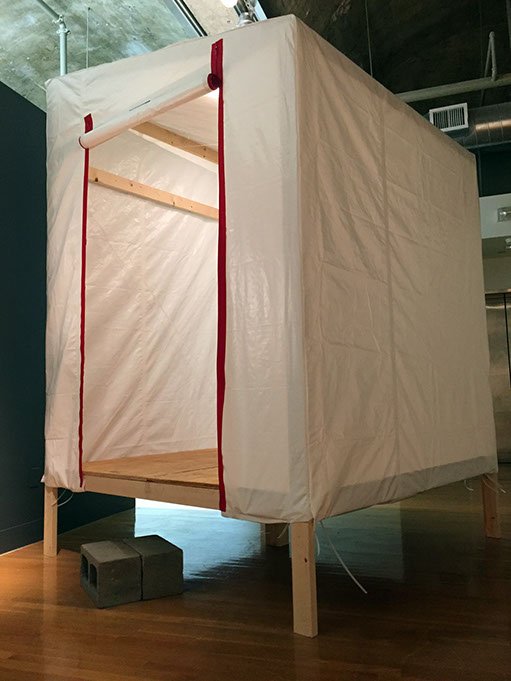
STEP TWO :
Emergency shelters meet basic needs but are often cramped. To restore better conditions, we need spaces for work, relaxation, and recreation. The Evol-Shelter System, with Truss-Ties and precut lumber, speeds up and allows expansion of shelters. Trusty-Shelters offer temporary housing with minimal materials and can be upgraded later, saving costs. Truss-Ties ensure quick and easy assembly and dismantling.

The line drawings about a transitional shelter show a number of prefabricated wood beams that are to be connected with this proposed Truss-Tie method. We recognize that if the cost of prefabrication is exerted, other conventional fastening methods, such as wood screws or machine bolts can be used retaining the ability to assemble and disassemble the structure. The proposed Truss-Tie method, however, may have certain advantages over the conventional methods. More study is needed in order to fully quantify these.
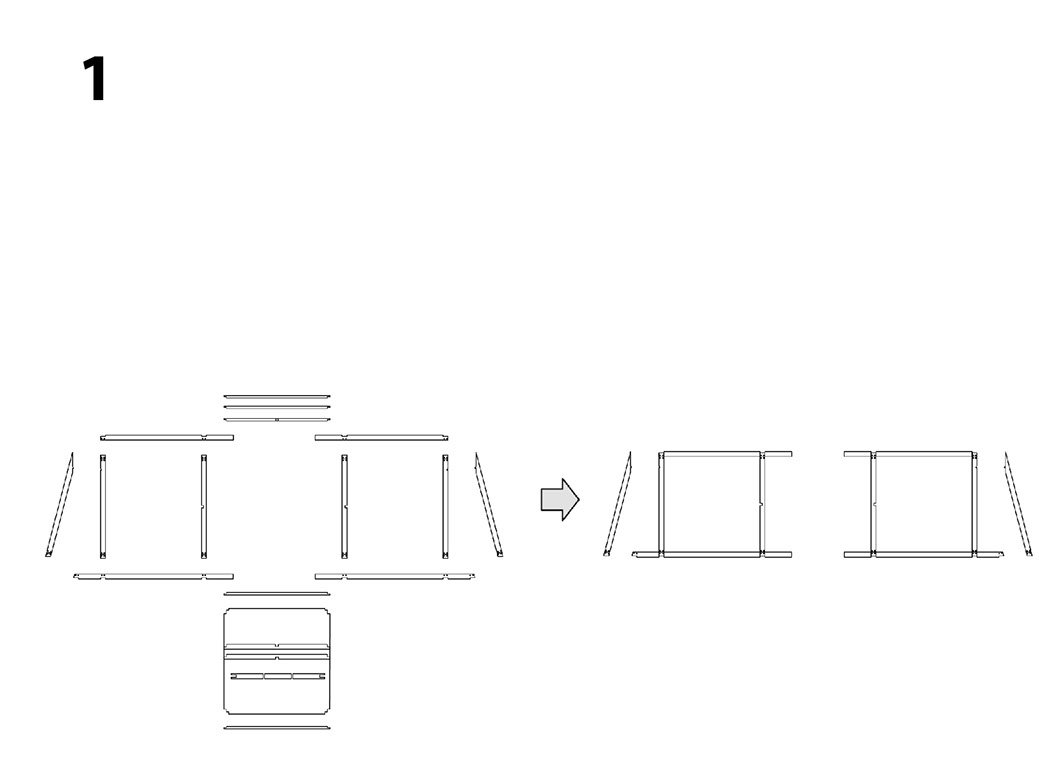
The line drawings about a transitional shelter show a number of prefabricated wood beams that are to be connected with this proposed Truss-Tie method. We recognize that if the cost of prefabrication is exerted, other conventional fastening methods, such as wood screws or machine bolts can be used retaining the ability to assemble and disassemble the structure. The proposed Truss-Tie method, however, may have certain advantages over the conventional methods. More study is needed in order to fully quantify these.

The line drawings about a transitional shelter show a number of prefabricated wood beams that are to be connected with this proposed Truss-Tie method. We recognize that if the cost of prefabrication is exerted, other conventional fastening methods, such as wood screws or machine bolts can be used retaining the ability to assemble and disassemble the structure. The proposed Truss-Tie method, however, may have certain advantages over the conventional methods. More study is needed in order to fully quantify these.
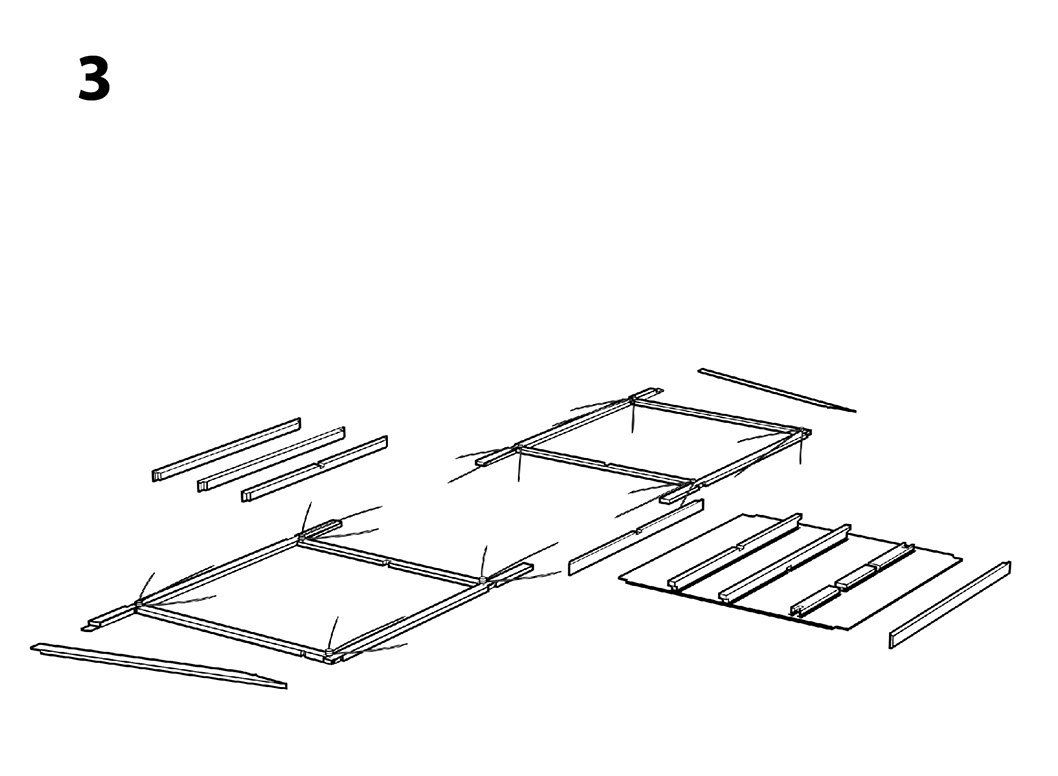
The line drawings about a transitional shelter show a number of prefabricated wood beams that are to be connected with this proposed Truss-Tie method. We recognize that if the cost of prefabrication is exerted, other conventional fastening methods, such as wood screws or machine bolts can be used retaining the ability to assemble and disassemble the structure. The proposed Truss-Tie method, however, may have certain advantages over the conventional methods. More study is needed in order to fully quantify these.
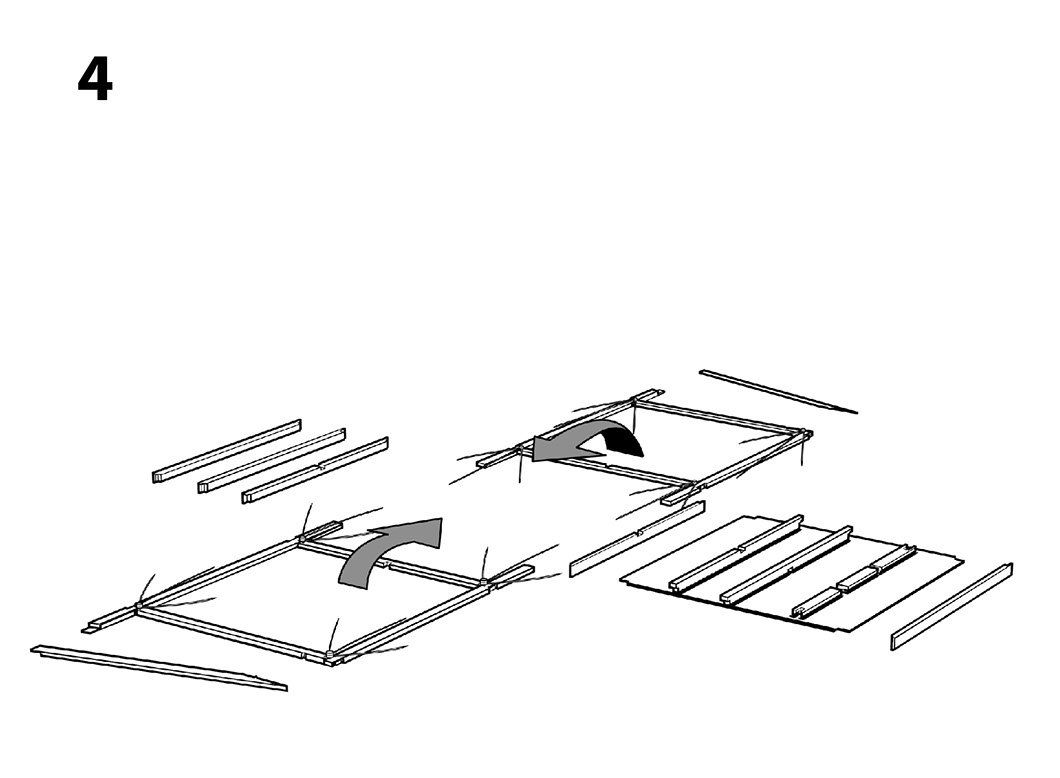
The line drawings about a transitional shelter show a number of prefabricated wood beams that are to be connected with this proposed Truss-Tie method. We recognize that if the cost of prefabrication is exerted, other conventional fastening methods, such as wood screws or machine bolts can be used retaining the ability to assemble and disassemble the structure. The proposed Truss-Tie method, however, may have certain advantages over the conventional methods. More study is needed in order to fully quantify these.
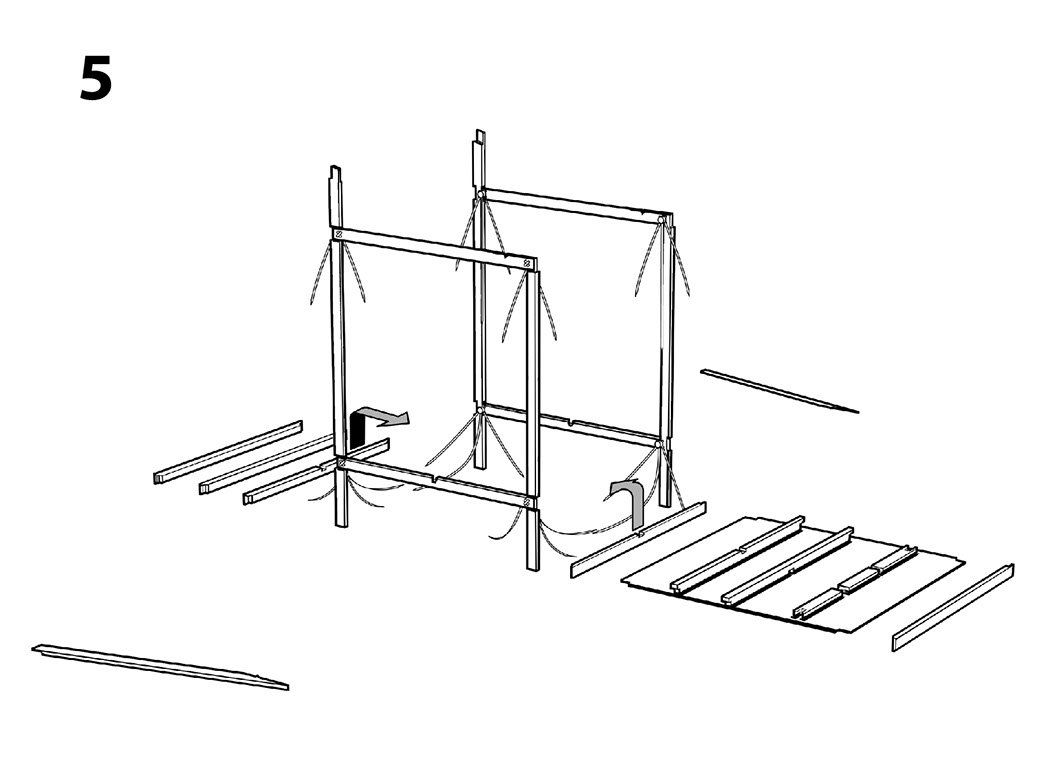
The line drawings about a transitional shelter show a number of prefabricated wood beams that are to be connected with this proposed Truss-Tie method. We recognize that if the cost of prefabrication is exerted, other conventional fastening methods, such as wood screws or machine bolts can be used retaining the ability to assemble and disassemble the structure. The proposed Truss-Tie method, however, may have certain advantages over the conventional methods. More study is needed in order to fully quantify these.
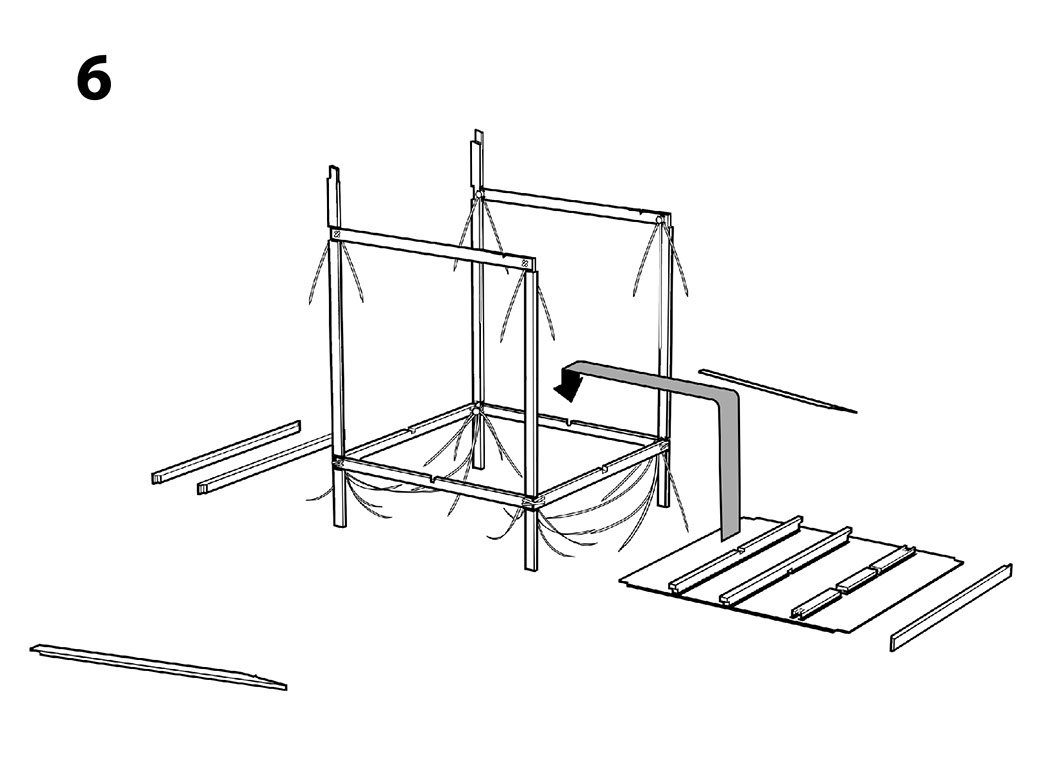
The line drawings about a transitional shelter show a number of prefabricated wood beams that are to be connected with this proposed Truss-Tie method. We recognize that if the cost of prefabrication is exerted, other conventional fastening methods, such as wood screws or machine bolts can be used retaining the ability to assemble and disassemble the structure. The proposed Truss-Tie method, however, may have certain advantages over the conventional methods. More study is needed in order to fully quantify these.
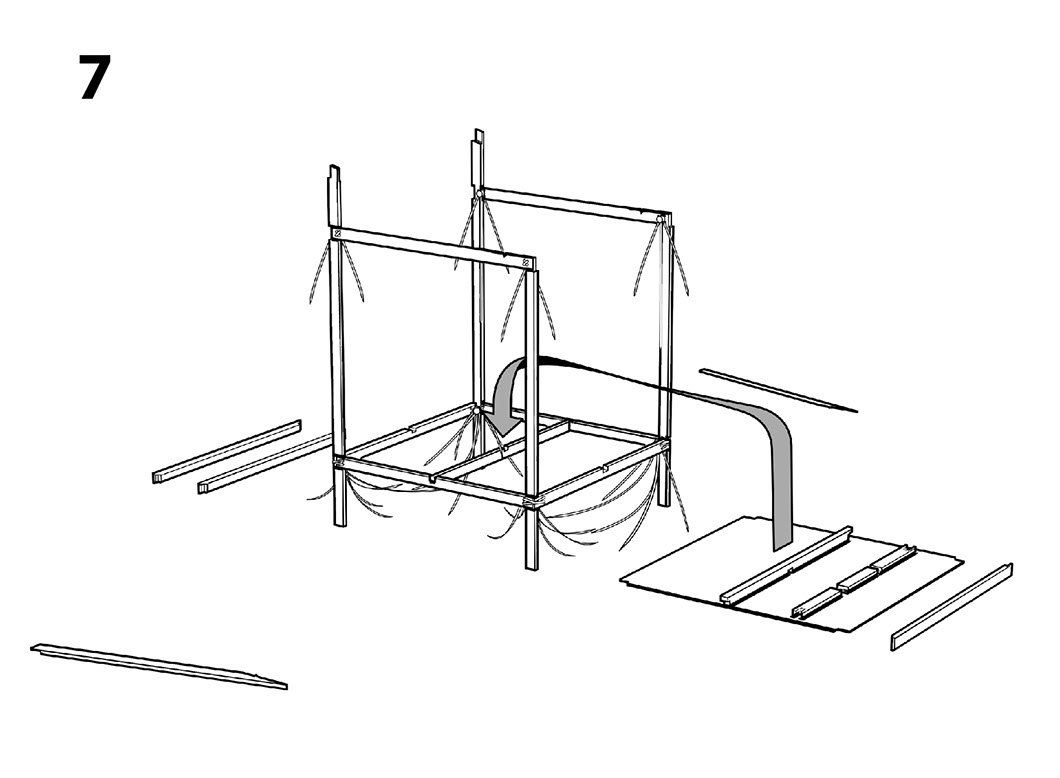
The line drawings about a transitional shelter show a number of prefabricated wood beams that are to be connected with this proposed Truss-Tie method. We recognize that if the cost of prefabrication is exerted, other conventional fastening methods, such as wood screws or machine bolts can be used retaining the ability to assemble and disassemble the structure. The proposed Truss-Tie method, however, may have certain advantages over the conventional methods. More study is needed in order to fully quantify these.
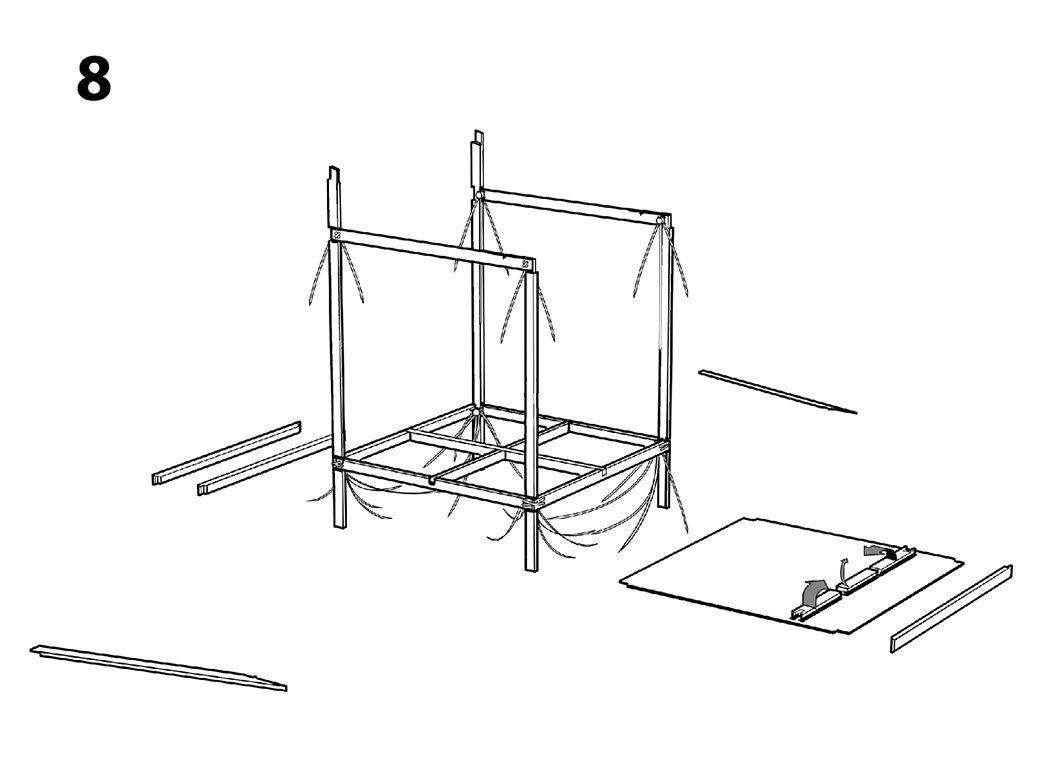
The line drawings about a transitional shelter show a number of prefabricated wood beams that are to be connected with this proposed Truss-Tie method. We recognize that if the cost of prefabrication is exerted, other conventional fastening methods, such as wood screws or machine bolts can be used retaining the ability to assemble and disassemble the structure. The proposed Truss-Tie method, however, may have certain advantages over the conventional methods. More study is needed in order to fully quantify these.
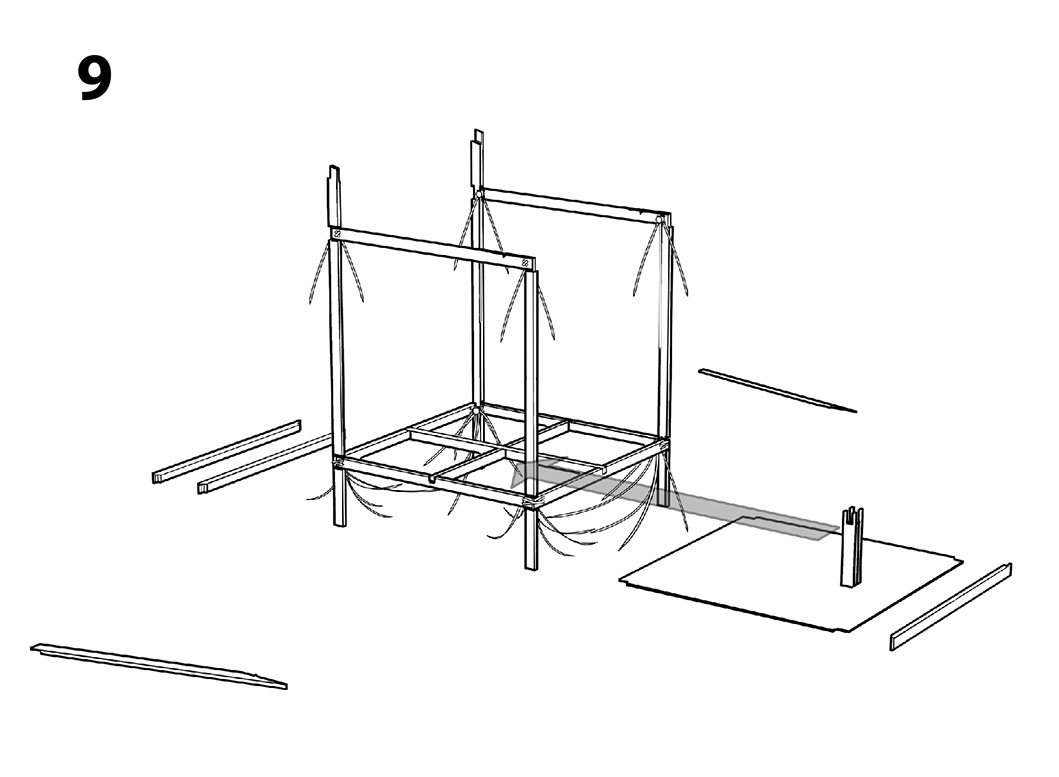
The line drawings about a transitional shelter show a number of prefabricated wood beams that are to be connected with this proposed Truss-Tie method. We recognize that if the cost of prefabrication is exerted, other conventional fastening methods, such as wood screws or machine bolts can be used retaining the ability to assemble and disassemble the structure. The proposed Truss-Tie method, however, may have certain advantages over the conventional methods. More study is needed in order to fully quantify these.

The line drawings about a transitional shelter show a number of prefabricated wood beams that are to be connected with this proposed Truss-Tie method. We recognize that if the cost of prefabrication is exerted, other conventional fastening methods, such as wood screws or machine bolts can be used retaining the ability to assemble and disassemble the structure. The proposed Truss-Tie method, however, may have certain advantages over the conventional methods. More study is needed in order to fully quantify these.

The line drawings about a transitional shelter show a number of prefabricated wood beams that are to be connected with this proposed Truss-Tie method. We recognize that if the cost of prefabrication is exerted, other conventional fastening methods, such as wood screws or machine bolts can be used retaining the ability to assemble and disassemble the structure. The proposed Truss-Tie method, however, may have certain advantages over the conventional methods. More study is needed in order to fully quantify these.
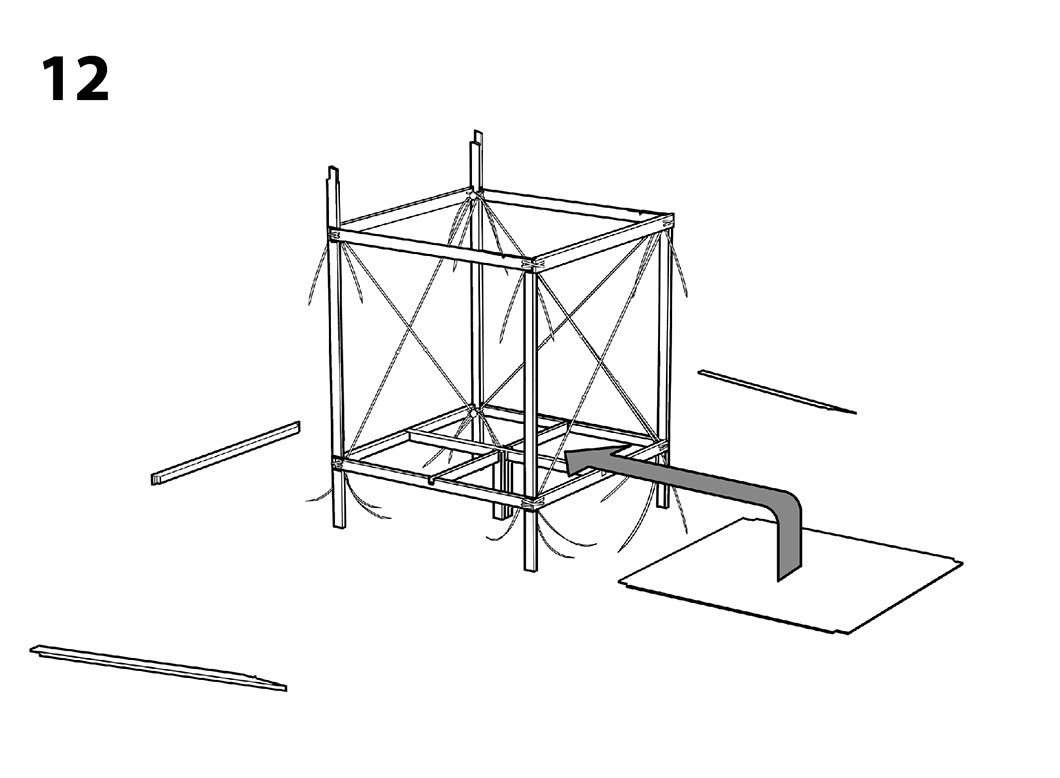
The line drawings about a transitional shelter show a number of prefabricated wood beams that are to be connected with this proposed Truss-Tie method. We recognize that if the cost of prefabrication is exerted, other conventional fastening methods, such as wood screws or machine bolts can be used retaining the ability to assemble and disassemble the structure. The proposed Truss-Tie method, however, may have certain advantages over the conventional methods. More study is needed in order to fully quantify these.

The line drawings about a transitional shelter show a number of prefabricated wood beams that are to be connected with this proposed Truss-Tie method. We recognize that if the cost of prefabrication is exerted, other conventional fastening methods, such as wood screws or machine bolts can be used retaining the ability to assemble and disassemble the structure. The proposed Truss-Tie method, however, may have certain advantages over the conventional methods. More study is needed in order to fully quantify these.
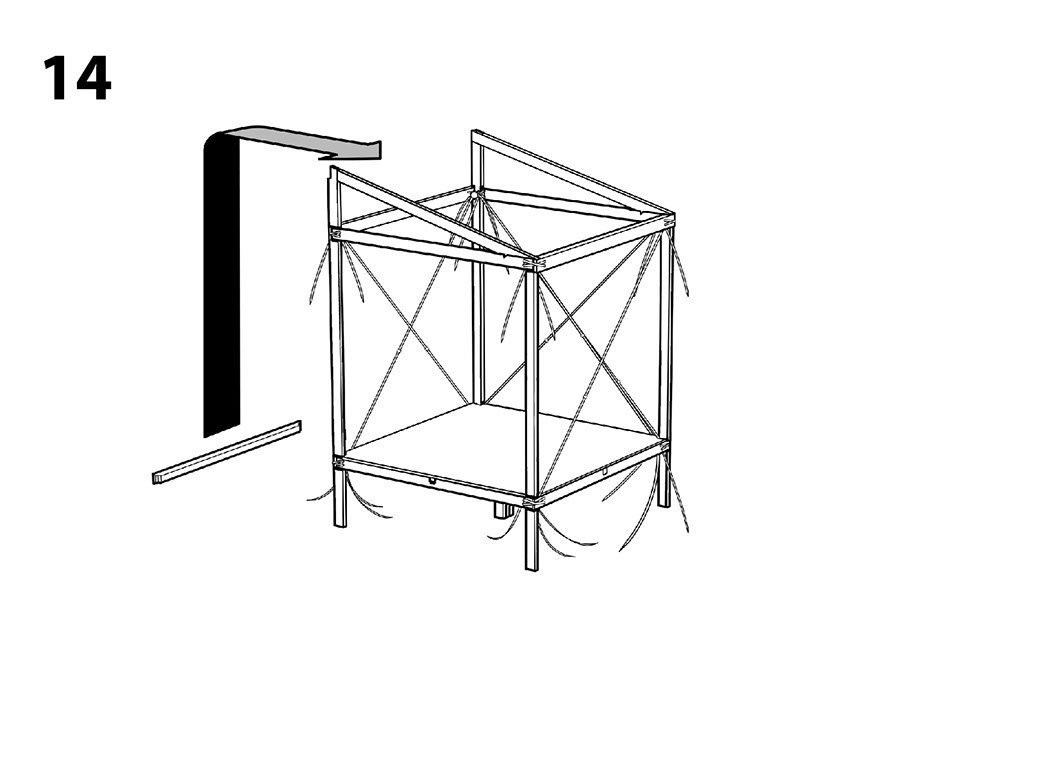
The line drawings about a transitional shelter show a number of prefabricated wood beams that are to be connected with this proposed Truss-Tie method. We recognize that if the cost of prefabrication is exerted, other conventional fastening methods, such as wood screws or machine bolts can be used retaining the ability to assemble and disassemble the structure. The proposed Truss-Tie method, however, may have certain advantages over the conventional methods. More study is needed in order to fully quantify these.
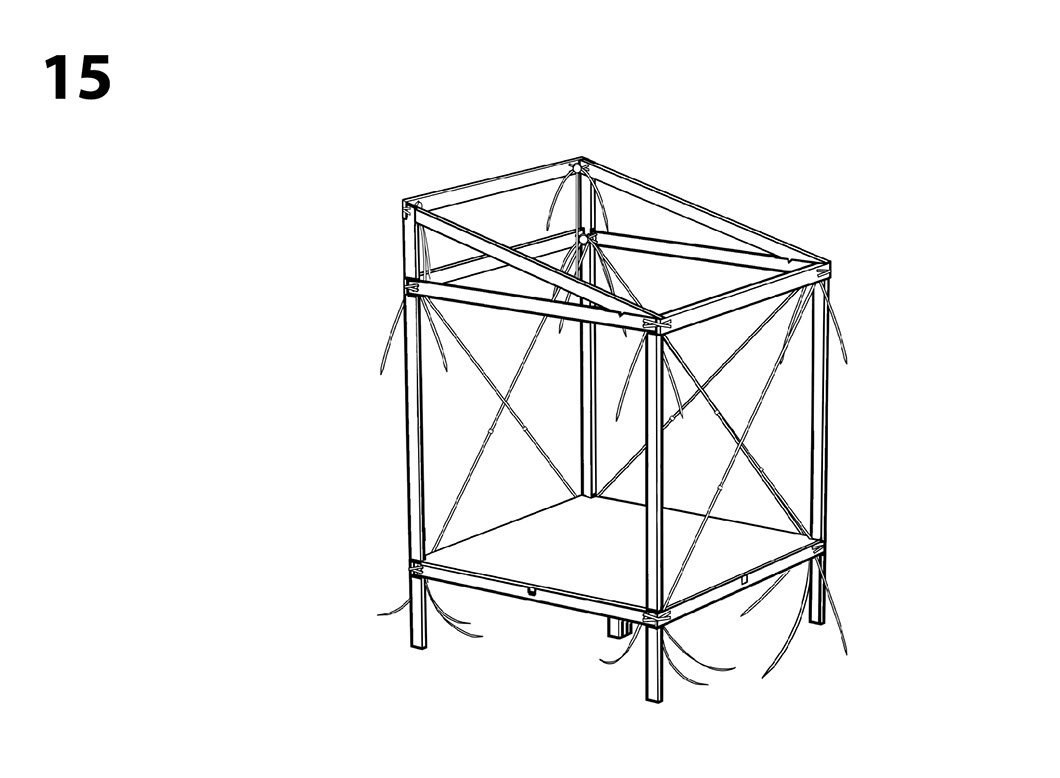
The line drawings about a transitional shelter show a number of prefabricated wood beams that are to be connected with this proposed Truss-Tie method. We recognize that if the cost of prefabrication is exerted, other conventional fastening methods, such as wood screws or machine bolts can be used retaining the ability to assemble and disassemble the structure. The proposed Truss-Tie method, however, may have certain advantages over the conventional methods. More study is needed in order to fully quantify these.

The line drawings about a transitional shelter show a number of prefabricated wood beams that are to be connected with this proposed Truss-Tie method. We recognize that if the cost of prefabrication is exerted, other conventional fastening methods, such as wood screws or machine bolts can be used retaining the ability to assemble and disassemble the structure. The proposed Truss-Tie method, however, may have certain advantages over the conventional methods. More study is needed in order to fully quantify these.

The line drawings about a transitional shelter show a number of prefabricated wood beams that are to be connected with this proposed Truss-Tie method. We recognize that if the cost of prefabrication is exerted, other conventional fastening methods, such as wood screws or machine bolts can be used retaining the ability to assemble and disassemble the structure. The proposed Truss-Tie method, however, may have certain advantages over the conventional methods. More study is needed in order to fully quantify these.

The line drawings about a transitional shelter show a number of prefabricated wood beams that are to be connected with this proposed Truss-Tie method. We recognize that if the cost of prefabrication is exerted, other conventional fastening methods, such as wood screws or machine bolts can be used retaining the ability to assemble and disassemble the structure. The proposed Truss-Tie method, however, may have certain advantages over the conventional methods. More study is needed in order to fully quantify these.

The line drawings about a transitional shelter show a number of prefabricated wood beams that are to be connected with this proposed Truss-Tie method. We recognize that if the cost of prefabrication is exerted, other conventional fastening methods, such as wood screws or machine bolts can be used retaining the ability to assemble and disassemble the structure. The proposed Truss-Tie method, however, may have certain advantages over the conventional methods. More study is needed in order to fully quantify these.
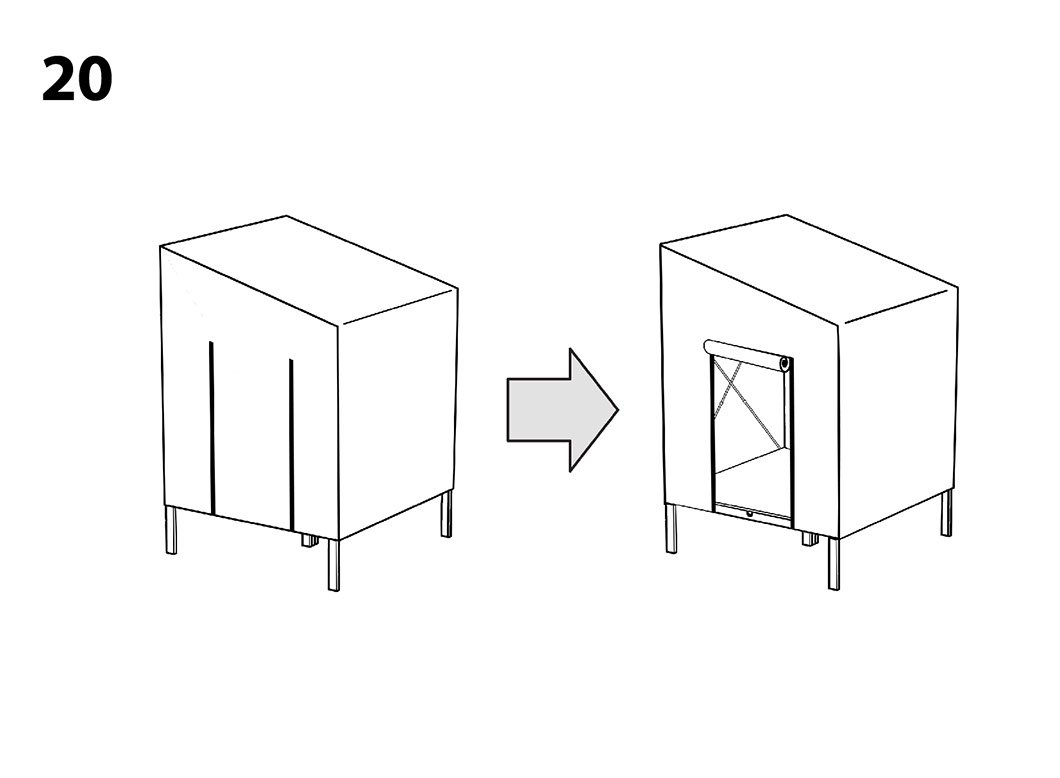
The line drawings about a transitional shelter show a number of prefabricated wood beams that are to be connected with this proposed Truss-Tie method. We recognize that if the cost of prefabrication is exerted, other conventional fastening methods, such as wood screws or machine bolts can be used retaining the ability to assemble and disassemble the structure. The proposed Truss-Tie method, however, may have certain advantages over the conventional methods. More study is needed in order to fully quantify these.

The joint method for the Trusty-Shelter is primarily used for lap joints. The structure makes the T-shelter’s joints combined strongly. The lap joints on the member of the Trusty-shelter have holes that the Truss-Tie can tie up through, which makes the joints much more secure.
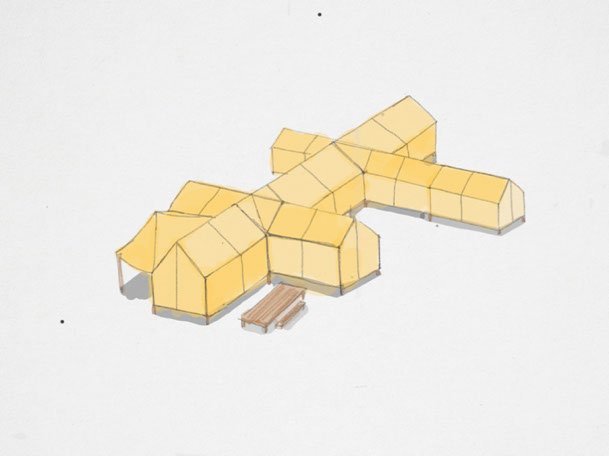
In addition, T-shelter is modularized to respect victims’ privacy. In the research, almost every previous T-shelter tends to put all family members into the same place together. In this situation, they cannot have their privacy and they experience inconvenience. The Trusty-shelter is planned for space for one or two persons for their privacy. However, if they want to live together, the T-shelter can be combined with another due to the modular feature, so their living space can be expanded and it may be shared with all residents. In this way, the T-shelter may grow to be a community.
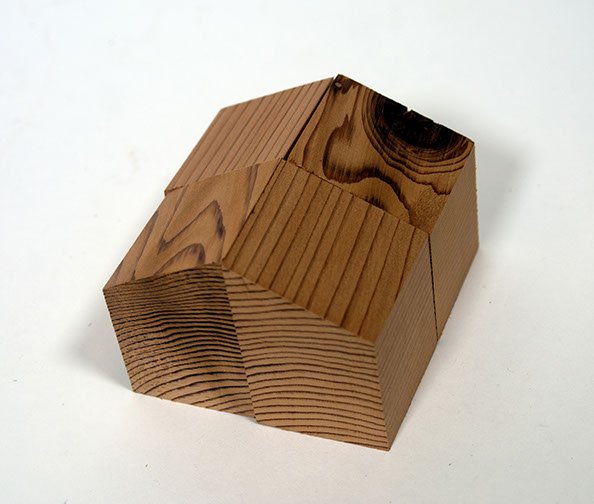
In addition, T-shelter is modularized to respect victims’ privacy. In the research, almost every previous T-shelter tends to put all family members into the same place together. In this situation, they cannot have their privacy and they experience inconvenience. The Trusty-shelter is planned for space for one or two persons for their privacy. However, if they want to live together, the T-shelter can be combined with another due to the modular feature, so their living space can be expanded and it may be shared with all residents. In this way, the T-shelter may grow to be a community.

In addition, T-shelter is modularized to respect victims’ privacy. In the research, almost every previous T-shelter tends to put all family members into the same place together. In this situation, they cannot have their privacy and they experience inconvenience. The Trusty-shelter is planned for space for one or two persons for their privacy. However, if they want to live together, the T-shelter can be combined with another due to the modular feature, so their living space can be expanded and it may be shared with all residents. In this way, the T-shelter may grow to be a community.
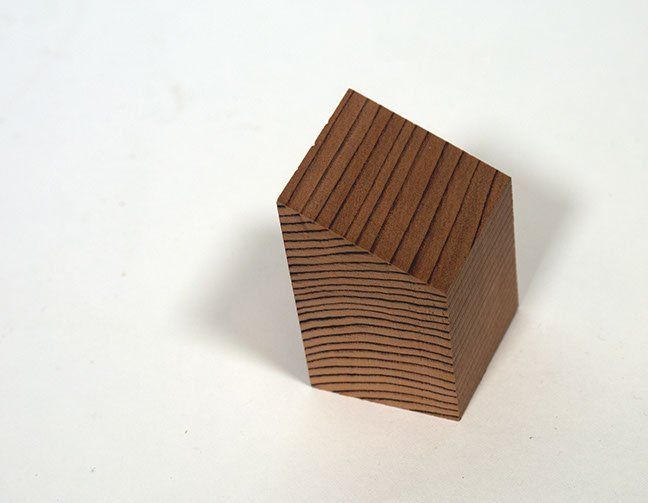
In addition, T-shelter is modularized to respect victims’ privacy. In the research, almost every previous T-shelter tends to put all family members into the same place together. In this situation, they cannot have their privacy and they experience inconvenience. The Trusty-shelter is planned for space for one or two persons for their privacy. However, if they want to live together, the T-shelter can be combined with another due to the modular feature, so their living space can be expanded and it may be shared with all residents. In this way, the T-shelter may grow to be a community.
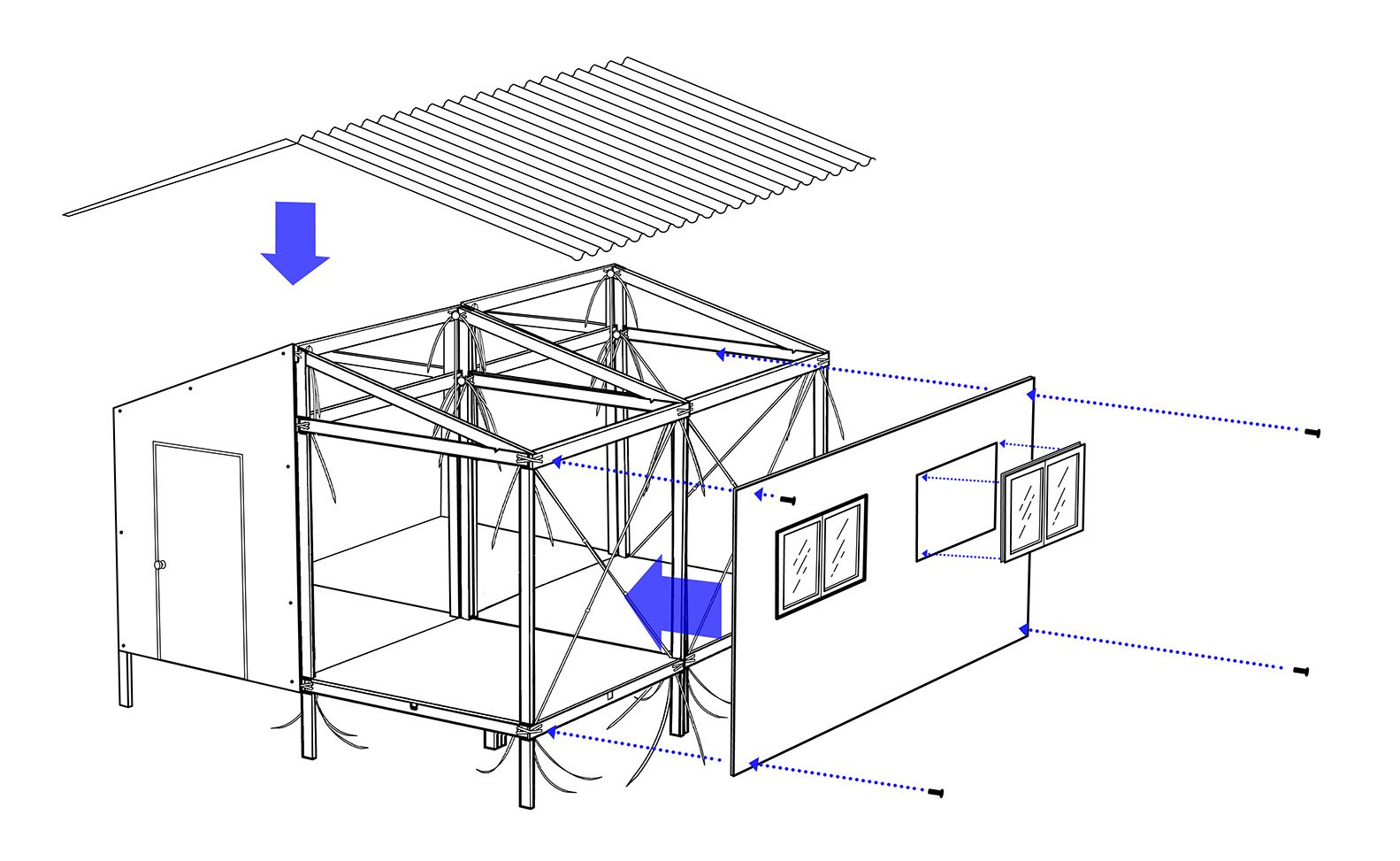
STEP THREE :
Survivors receive materials to upgrade T-shelters into more durable spaces. Trusty-Shelter provides components with multiple slots for easy assembly and disassembly using Truss-Ties. This allows for easy replacement of damaged parts and future improvements. Over time, the Trusty-Shelter materials can be combined with more permanent materials like bolts, nuts, and plywood to create a sturdier, more secure home.

